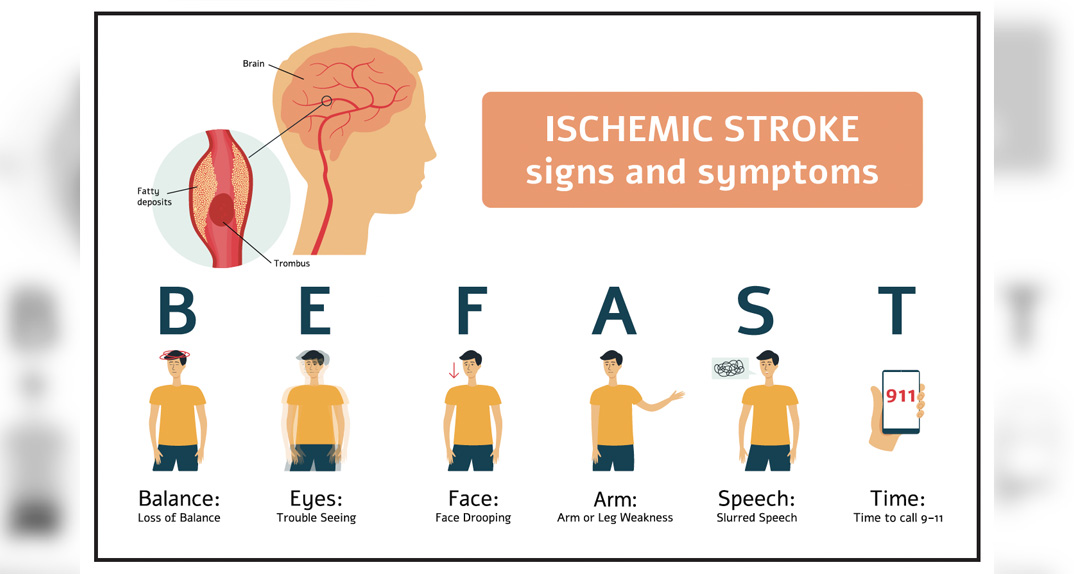It’s All About Time: Surviving a Stroke

When someone is experiencing stroke symptoms, time is of the essence.
 “During a stroke, the brain may lose from two to seven million neurons a minute. When brain cells die, permanent damage can occur,” said Mohammed Rehman, D.O., medical director of Henry Ford Macomb Hospital’s Neurosciences Critical Care and Neuroendovascular Surgery. “At the first sign of a stroke, call 911.”
“During a stroke, the brain may lose from two to seven million neurons a minute. When brain cells die, permanent damage can occur,” said Mohammed Rehman, D.O., medical director of Henry Ford Macomb Hospital’s Neurosciences Critical Care and Neuroendovascular Surgery. “At the first sign of a stroke, call 911.”
Stroke is the fifth leading cause of death and a leading cause of long-term disability in the
U.S. On average, someone suffers a stroke every 40 seconds and someone dies of a stroke every four minutes.
Who’s at Risk?
Risk of having a stroke increases with age, more than doubling each decade after the age of 55. However, strokes can and do occur at any age, with more than 30 percent of strokes occurring in people under 65.
Family history, lifestyle and health factors also affect risk for stroke, including high
blood pressure, high cholesterol, smoking, obesity and diabetes. A prior stroke or heart attack puts you at much higher risk for having a second stroke.
Signs of Stroke
If someone may be having a stroke, remember the symptoms and BE FAST:
- Balance challenge
- Eyesight, difficulty focusing
- Face drooping
- Arm weakness
- Speech difficulty
- Time to call 911
Timing Is Critical
More than 85 percent of strokes are classified as ischemic, an acute (or sudden) stroke that occurs when a clot blocks a blood vessel, cutting off blood flow to part of the brain.
“Anyone showing signs of an acute stroke should be evaluated immediately to determine if the patient is a candidate for treatment options to reverse the damage done by the stroke,” said Dr. Rehman.
These treatment options restore blood flow to affected regions of the brain and minimize tissue damage. The long-term goal is to improve outcome by reducing stroke-related disability and death.
Therapies include:
- Clot-busting medication. Powerful blood-thinning medications can help dissolve blood clots and improve blood flow. It is critical that a patient receives this treatment within hours of initial symptoms to increase chances of recovery.
- Thrombectomy: Patients with blockage of a large intracranial vessel may benefit from a procedure called thrombectomy. A highly specialized doctor (neuro-interventionalist) uses a catheter to navigate to the location of the clot causing the blockage and removes it. The time window for thrombectomy on a stroke patient is generally longer than that of clot-busting medication, but timing and rapid treatment after the onset of symptoms is still critical.
That’s why it’s vital to be aware of when symptoms are first noticed and communicate this information with EMS personnel and treating physicians.

